
Instagram: @nelis_vansia
Has Instagram been taken over by fake follower fever, banal mirror selfies and blatant product promotion? Not if you’re one of the new wave of creatives, eschewing follower numbers and influencer labels and doing it their own way, says Bryony Stone
A LUX x ROSEWOOD COLLABORATION
Instagram is in danger of eating itself. More than eight years after it was founded, what started as a photo-sharing app morphed first into a badge of cool among first movers and later into the biggest photographic movement in history. People’s self-worth, and tragically sometimes their lives, can hinge on followers and likes, and a generation of self-declared influencers (if you think about it, that can’t really be a job) are creaming fortunes, large or small, from their commercial posts. Kim Kardashian West and Kylie Jenner, two members of the Kardashian clan, boast a collective total of 236 million followers, which, while there’s almost certainly overlap, still constitutes just over three percent of the world’s population.
Follow LUX on Instagram: the.official.lux.magazine
It’s unsurprising that scrolling through Instagram is starting to feel like falling head-first down a rabbit hole into a wonderland where everything is #sponsored. Wasn’t that new influencer in Fendi wearing Prada yesterday and Gucci the day before? Does he really have 871,000 human followers? And who actually looks perfect all day, every day anyway?
Yet, under the radar, a new wave of Instagram stars is emerging. Forget fake followers and paid-for posts: these creatives are more interested in contributing to the real culture in the cities around them, and in the aesthetic of what they can create on what is still a remarkable visual medium. From Paris to New York, Hong Kong to London, meet four individuals who are redefining the Insta scene from the inside out.
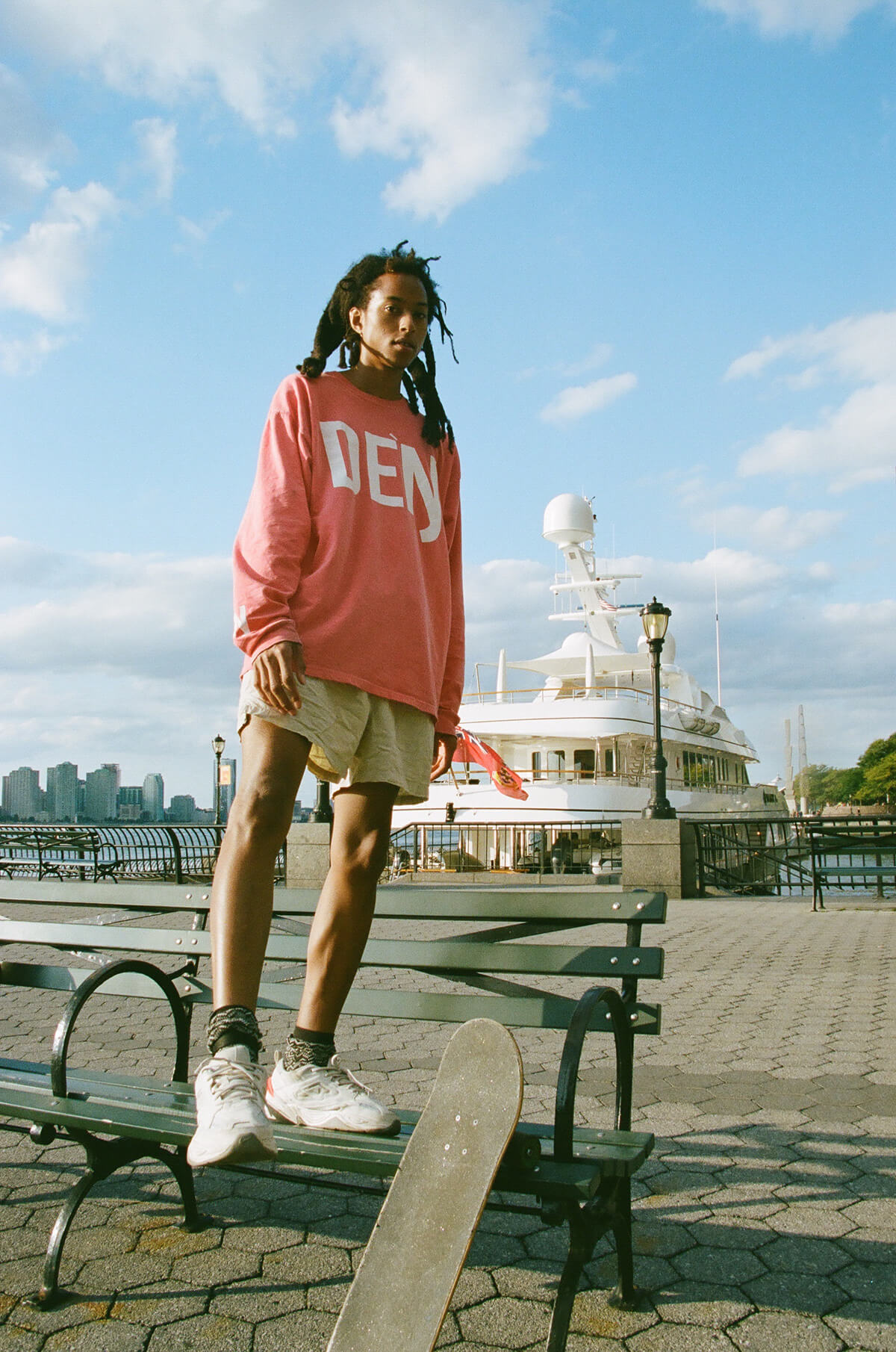
Instagram: @de3ng
@de3ng, New York
Sudan-born, New York-based Deng Duot Deng describes himself as a “muse, model, creative director and casting director”. He has his own clothing line called Dengwear and posts crafted images with a casual feel that combine his passions: design, football and streetwear.
Describe your Instagram style: “Grounded in the nuances of street style and culture.”
How has the platform changed your life? “It’s a way to interact and connect the dots. I can see my common interests [with other users] as well our different tastes in art, fashion and culture. Through Instagram I’ve been featured in a campaign for Apple and a lookbook for Yeezy x Adidas.”
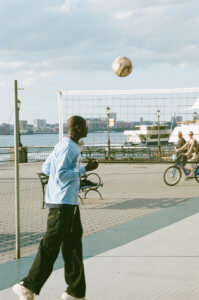
Instagram: @de3ng
Do you consider yourself an influencer or something else? “I’m a brand and a trendsetter.”
Why do you think people follow you? “I’m pretty authentic on my profile; I genuinely
express how I feel, but with a creative touch. Being natural makes a good image and keeps my followers engaged.”
What’s your favourite recent Instagram image? “A picture of my niece and I after her baptism. It was a beautiful moment.”
What are your New York hangouts? “Different creative spaces… I like to explore.”
What do you love most about New York? “The abundance of creativity – and the opportunities that can come from something as simple as walking into a bodega.”
Read more: Canary Wharf Group’s MD Camille Waxer on urban transformation
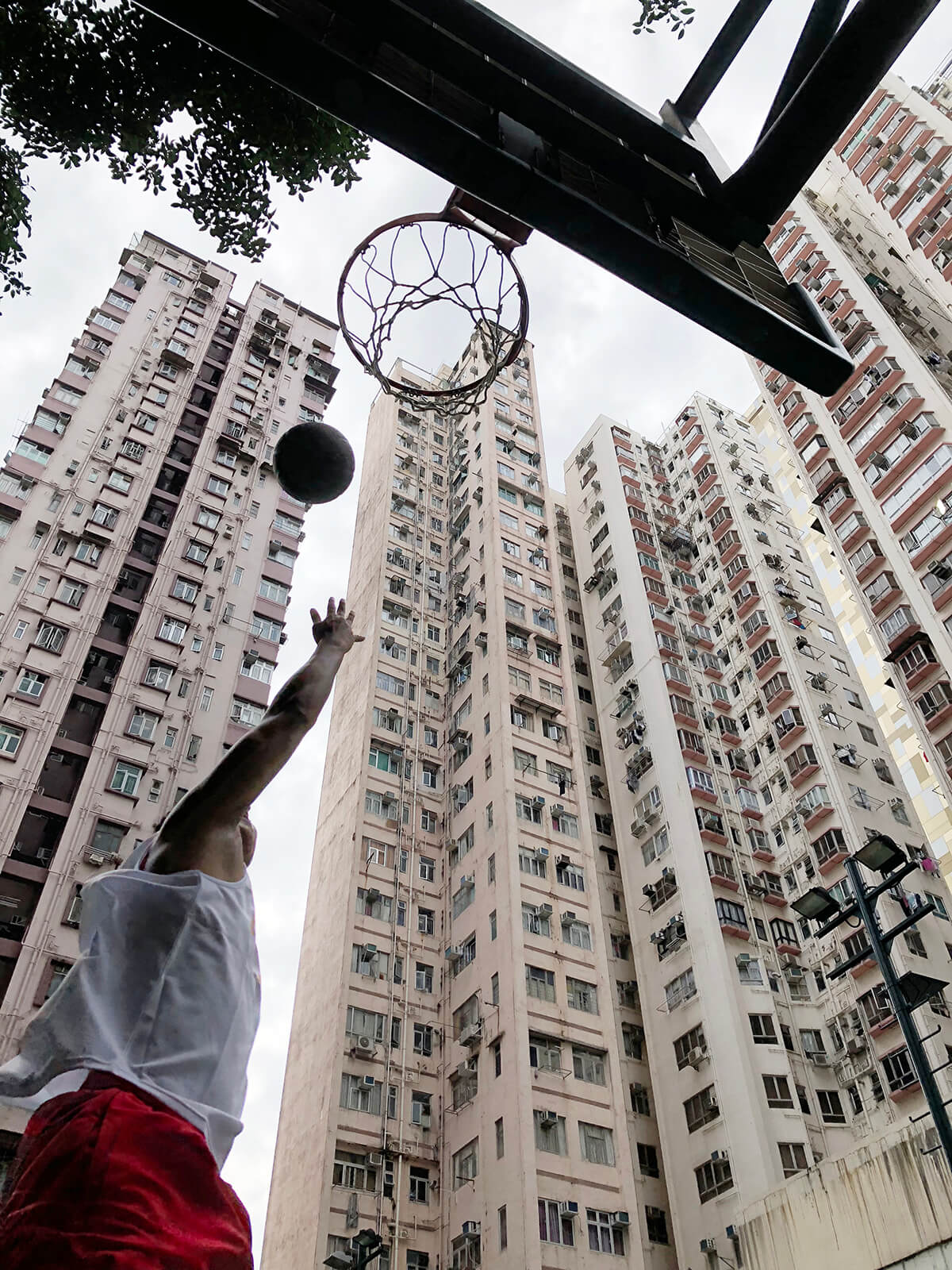
Instagram: @nelis_vansia
@nelis_vansia, Hong Kong
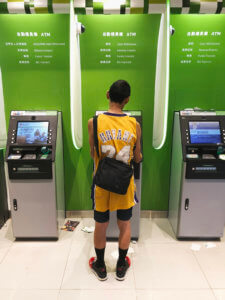
Instagram: @nelis_vansia
A former woodworker turned videographer, Hong Kong-based Nelis Vansia works at fashion-focused digital-media company Hypebeast. In his free time, he shoots intriguing, moodily lit films and stills that showcase the spirit of the city.
Describe your Instagram style: “Go with the flow. I like to capture everyday life.”
What’s Hong Kong’s creative scene like? “It’s a really tough place to survive creatively because the city is mostly focused on making money. You have to be tough here to do your own thing. But thanks to the internet, Hong Kongers are becoming more exposed to art and creation.”
Why do you use Instagram? “At the beginning, it was personal. Now, I’m posting videos and photos to build my own brand.”
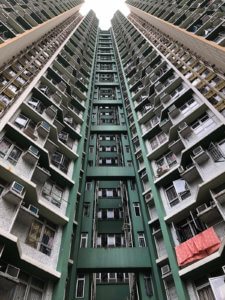
Instagram: @nelis_vansia
Do you ever meet your followers in real life? “Half are my friends, and the rest are interested in the things I do. When I meet followers at events it can sometimes be awkward.”
Where do you go for downtime? “Hong Kong is so dense, but outside the Central Business District there are undeveloped areas such as Sham Shui Po where the pace isn’t as fast. Here, I can slow down and see everything clearly.”
What’s your favourite recent Instagram shot? “It’s a picture of Ydizzy, a rapper from Japan. I randomly bumped into him on the street chilling by the road and smoking and I asked if I could take a snap of him.”
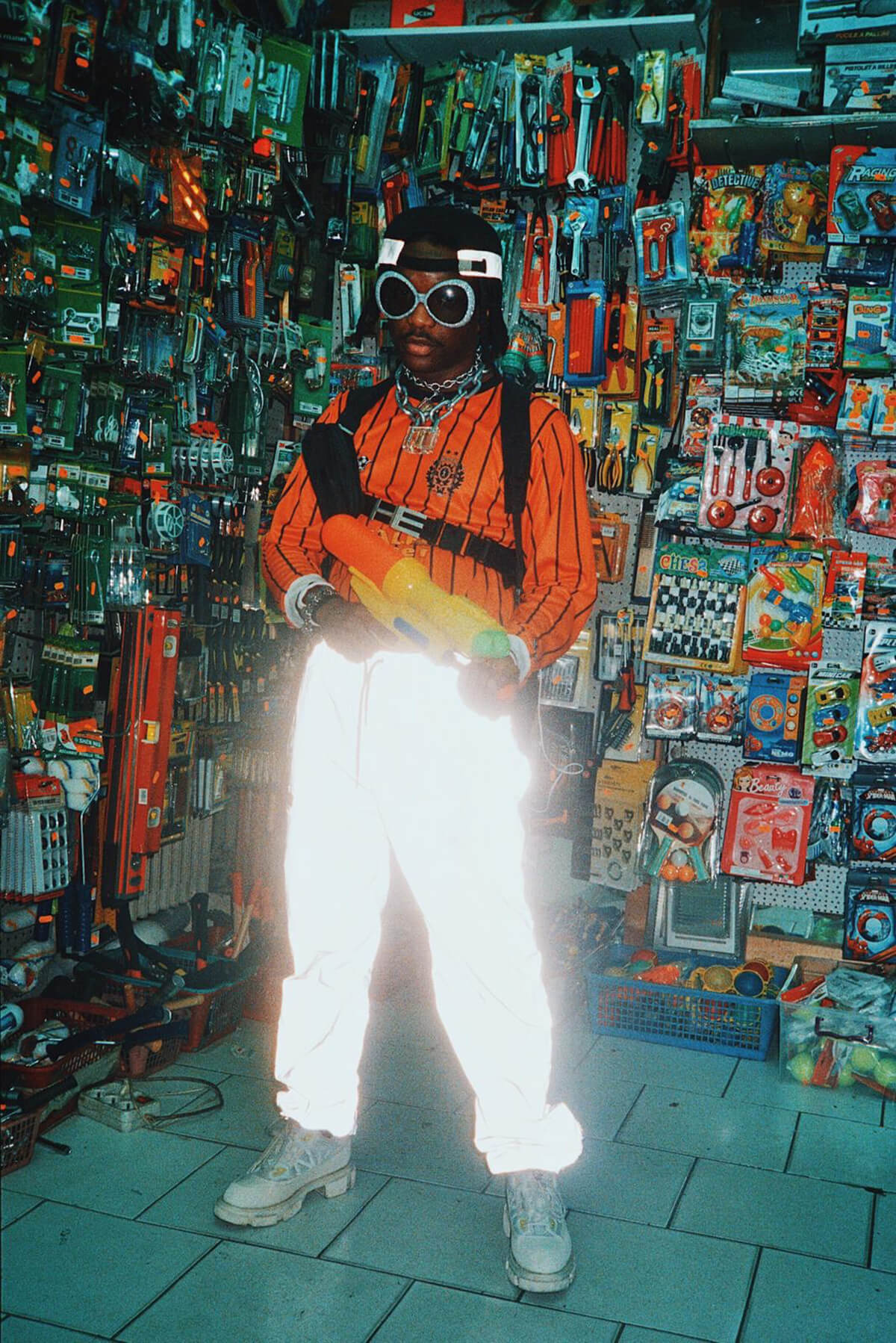
Instagram: @Neptunes2000
@Neptunes2000, Paris
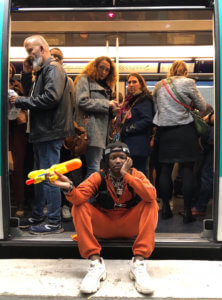
Instagram: @Neptunes2000
Jean-Yves Diallo is a Parisian street-style star, creative director and model with a penchant for whiplash-inducing outfits and creating conversation-starter, tongue-in-cheek images.
Describe your Instagram style: “Hybrid and colourful. I’m always adding new colours and patterns.”
Why do you post on Instagram? “To show people that you don’t necessary need big brands to break the regular codes and that only you make the image. I take pictures in the subway, in the streets, in ghetto apartments… you just need to be yourself.”
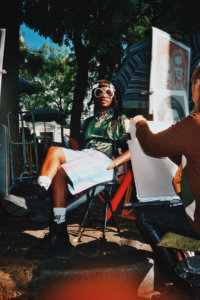
Instagram: @Neptunes2000
How has it opened doors? “I’ve extended my fashion network, but I’m careful with what I post. You can get lost by posting too much. People follow me because I have my own wave; I mix and match and don’t wear mainstream brands.”
Do you feel that you’re an influencer? “I consider myself more of an icon. I don’t want to influence people and all my life doesn’t turn around the app.”
What’s the creative scene like in Paris? “It’s heavy here, but people are too inspired by other countries and too conformist. They need to let their imagination speak out.”
What makes a great image? “I style and direct my own shoots so it’s all about the angle and light. Then I add my vibe to make it unique.”
Read more: Why creatives need to understand tech
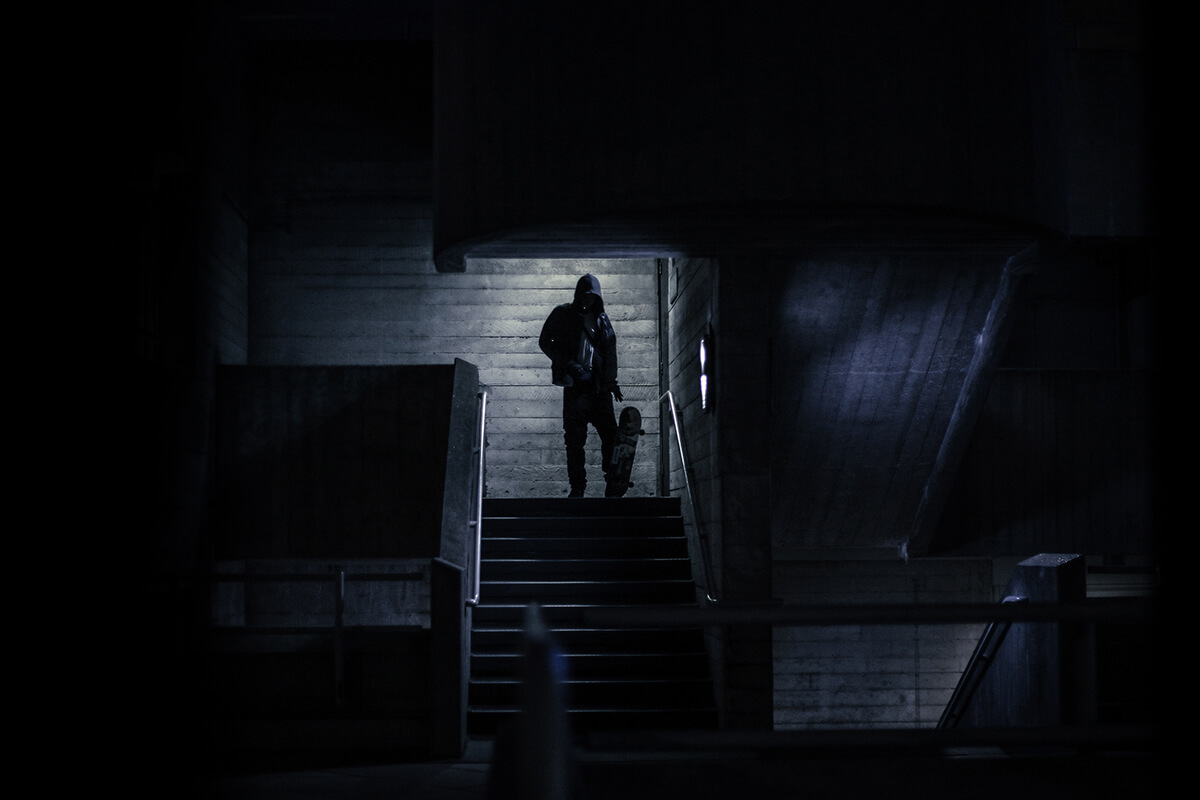
Instagram: @edozollo
@edozollo, London
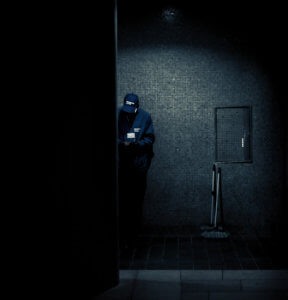
Instagram: @edozollo
Italian photographer Edo Zollo has been living in London for close to two decades. His low-lit and occasionally ominous images – which are always taken after dark and capture quiet moments and corners – showcase a side to the city that’s not often noticed.
Why do you post on Instagram? “Instagram feels like a small community because followers interact and share my passion for photography, but at the same time, it allows my images to reach a wider audience. My followers motivate me to go out in the dark and take pictures.”
Why do you think people follow you? “I’d like to think that my shots are mysterious; a bit [like] Hitchcock’s Rear Window.”
Where do you go in London to take a good image? “I don’t have a specific location. I’m mostly out at night. Once I’ve found the spot, I wait until someone with just the right amount of mystery comes along.”
Do you consider yourself an influencer? “I’m more someone that offers an alternative view of London.”
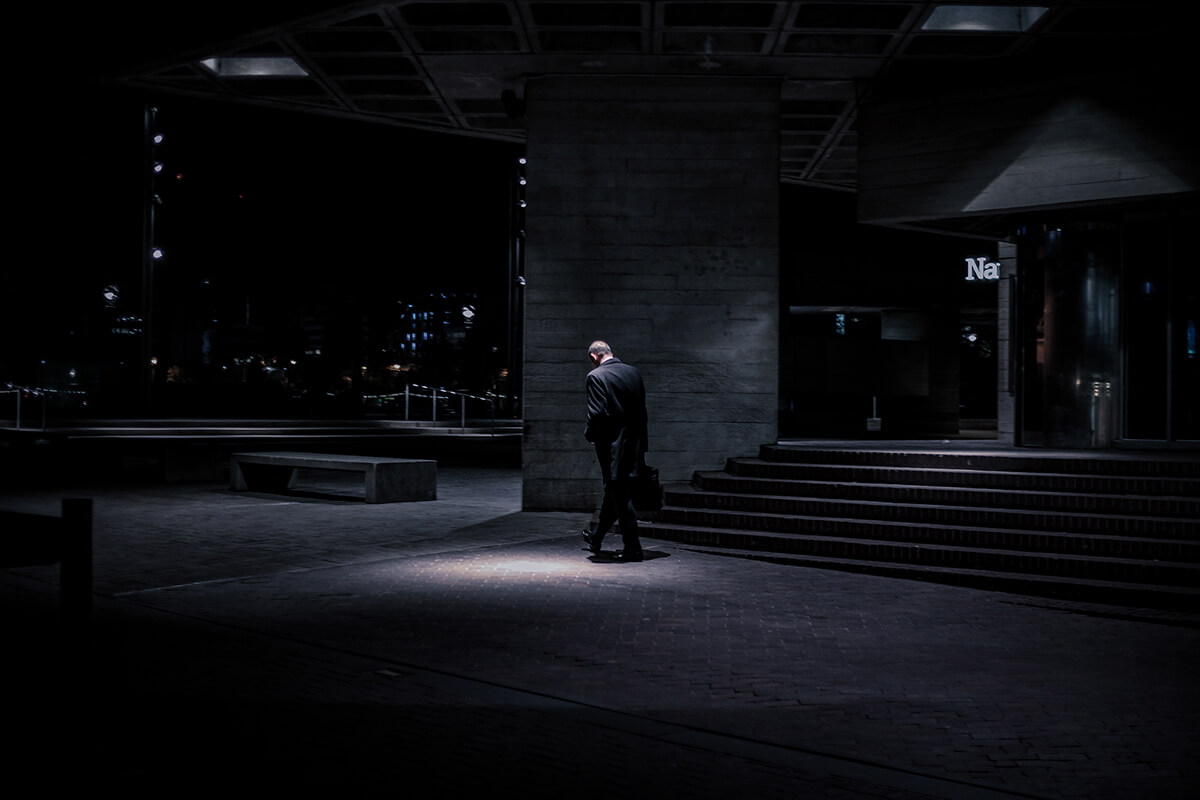
Instagram: @edozollo
What do you love most about London? “That it constantly changes! There’s always something new, something that changes your way of thinking. Also, it’s nearly impossible to be bored. Everything is here: entertainment, food and people from nearly every culture, and so your imagination is free to flow.”
Where do you like to hang out in the city? “House parties are my thing right now, but when I want to be alone, the streets of London at night become my secret spot.”
 HÔTEL DE CRILLON, A ROSEWOOD HOTEL
HÔTEL DE CRILLON, A ROSEWOOD HOTEL
Hôtel de Crillon in Paris is a grand microcosm of the City of Lights: a historic palace that is one of the city’s landmarks, and also a contemporary home for guests. As Paris develops its thrilling contemporary art, food and culture scene, atop the cultural riches and business powerhouses that sit the city atop the world’s fashion ladder, Hôtel de Crillon is, literally and metaphorically, at the heart of it all.
Book your room at: rosewoodhotels.com
This article was originally published in the Winter 2019 issue.



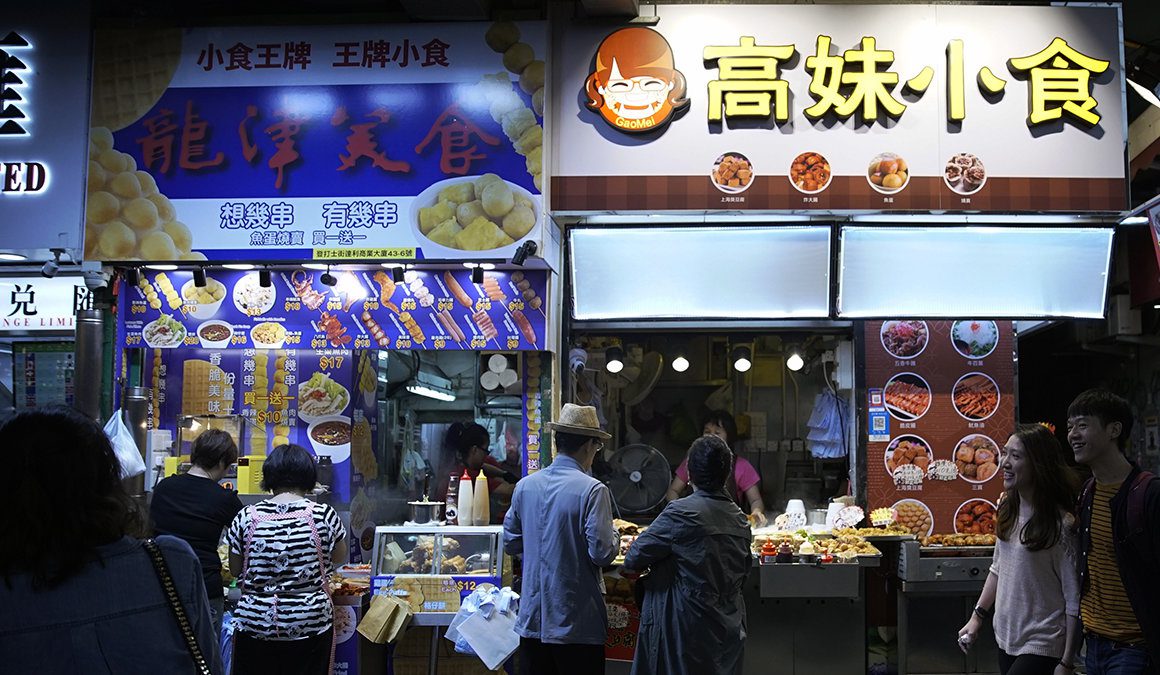


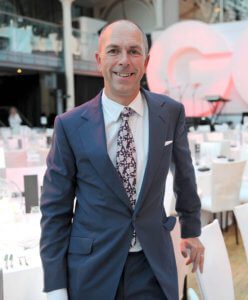





Recent Comments